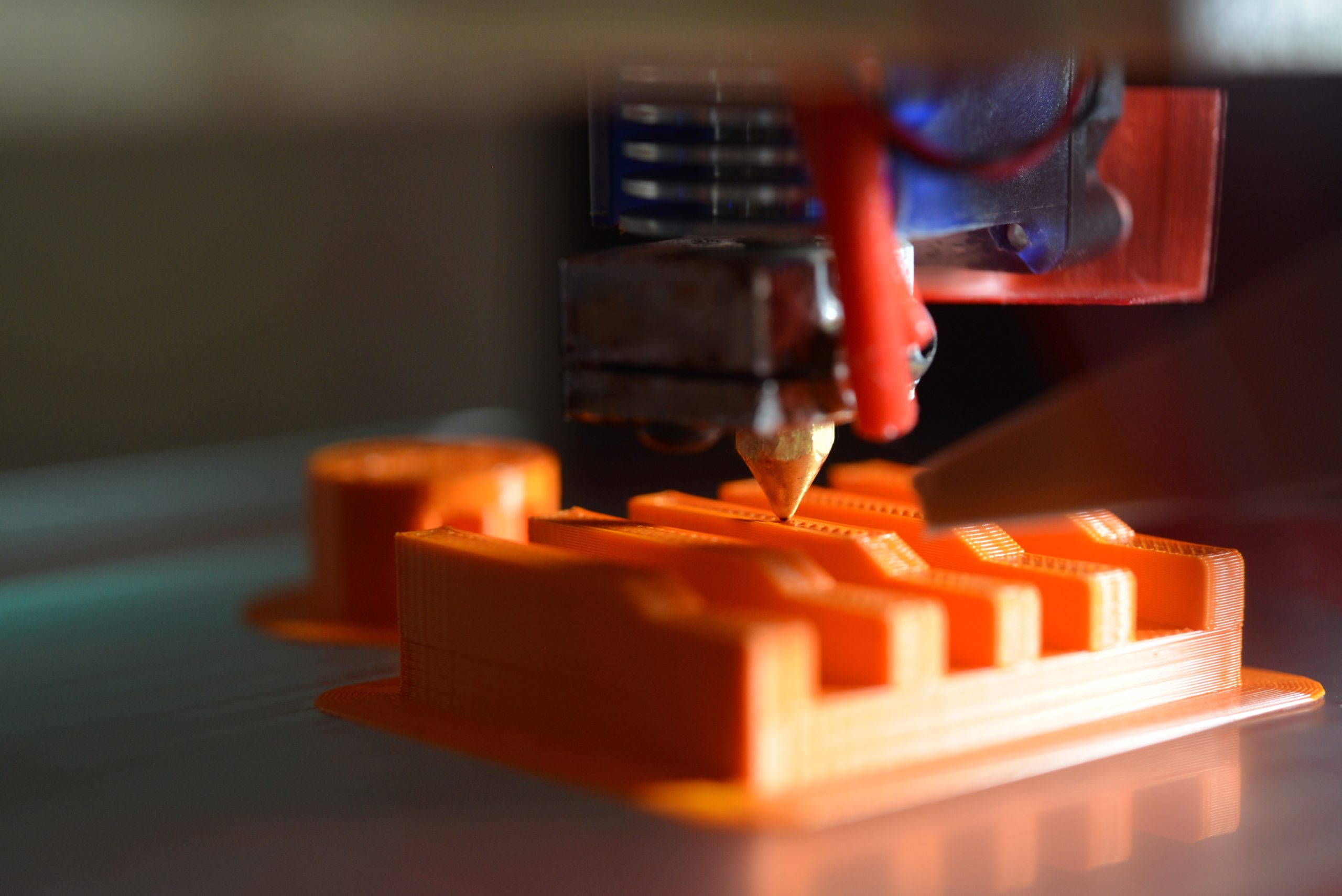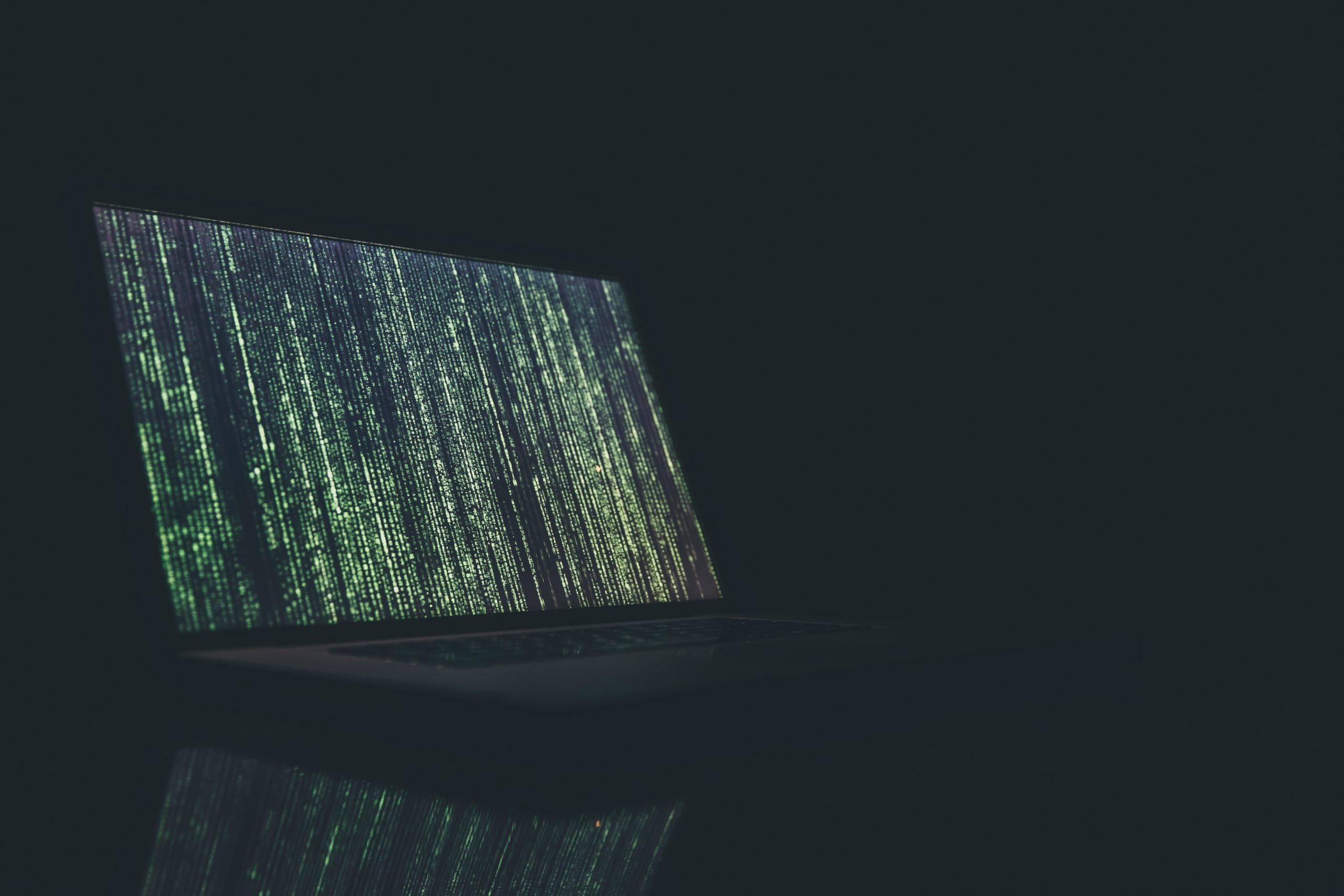Non-state actors have always been interested in obtaining and mastering innovative weapons. According to “lethal empowerment theory”, new technologies will be rapidly adopted and adapted by violent non-state actors when they are accessible, cheap, simple to use, transportable, concealable, and effective. Terrorists are interested in weapons that are useful in a wide range of contexts – “that magnify effects, are symbolically resonant and can be given to unexpected uses.”
It is thus important to be vigilant in analysing how actors will leverage and innovate new technologies for malicious purposes, in order to confront the “unknown unknowns” and not repeat the mistakes based on a “failure of imagination”, as highlighted in the 9/11 Commission Report.
While policy makers need to counter the use of existing technologies by violent non-state actors, they also need to keep an eye on emerging technologies. In the past military technology tended to develop in a closed system, whereas today we have entered a stage of unprecedented open innovation. Individuals and private groups are free to not only buy, use, and distribute them, but also to invent and repurpose them.
Today, emerging technologies are accessible to extremists who are actively following hackerspaces. Students used 3D printing technology to produce a drone they coupled with an Android phone’s navigation system, allowing it to fly without an expensive navigation system and shared lessons learned.

In the future autonomous vehicles could lead to multiple malicious attack scenarios including replicating the deadly vehicular terrorist attacks conducted from 2016-2017 in Barcelona, Berlin, London, New York, Nice, and Stockholm. In 2011, Ansar al-Islam built a driverless car with remote controlled machine guns.
AI will have a large impact on security and is the quintessential dual-use technology. AI potentially will allow adversaries to act with micro-precision, but at macro-scale and with greater speed. AI will enhance cyberattacks and digital disinformation campaigns and can target vulnerable youth in many new ways.
The metaverse is a virtual reality world characterised by a three-dimensional, multi-sensory experience. For terrorists it can build their expanding arsenal. Today, someone interested in discussing Siege Culture, a neo-Nazi ideology, will most likely have to read about it on the Siege Culture website which may no longer be online. In the metaverse, people can actually meet with the author of Siege, neo-Nazi James Mason, or his AI double. Coordinating attacks will be easier with extremists being able to do pre-emptive reconnaissance missions in the virtual world before engaging in the physical attacks.
In 2011, an Al Qaeda sympathiser attempted to use a grenade-laden remote-controlled plane to bomb the US Capitol. Since 2016, ISIL has been using drones to carry out intelligence, surveillance, and reconnaissance missions. ISIL conducted attacks with drones carrying explosives,24 and formed an “Unmanned Aircraft of the Mujahedeen” unit. It pinned down Iraqi security forces during one 24-hour period in Syria executing 70 drone missions.

The security community needs to wake up to the challenge of emerging technologies, especially digital technologies.
Combatting the nefarious use of new technologies is not easy. Encryption technology shields terrorists from companies’ attempts to deplatform them from social media. Diffusion of dual-use technologies will continue to empower extremists. It is therefore important to enforce regulation as was done to reduce dynamite bombings in Europe or deal with the social causes driving extremists conduct bombings as was done in the US in the early 20th century.
It is also paramount to inform the public of new risks, just as was done in 2022 by the Department of Homeland Security (DHS) that warned that domestic extremist groups had developed credible and specific plans to attack the US power grid, or similar warnings about ransomware attacks against critical infrastructure by Australia, US, and UK.
One of the greatest priorities is to inoculate youth and warn them of the subversive nature of the internet and social media. This will have to be integrated into education policies which can devote resources to “digital citizenship” and critical use of social media as well as designing national action plans to prevent violent extremism.
This excerpt is taken from ‘The Technology of Terror: from Dynamite to the Metaverse’ by Dr. Christina Schori Liang, Head, Terrorism and Preventing Violent Extremism, Geneva Centre for Security Policy originally published in the Global Terrorism Index 2022 report.
Download the Global Terrorism Index 2022 report .